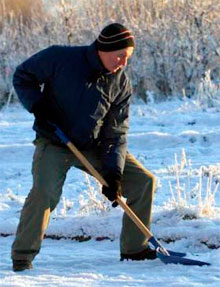ACL Injury Rates
The Anterior Cruciate Ligament (ACL) is one of the 4 major ligaments of the knee and also one of the most commonly injured. ACL Injuries are common in sports that involve sudden changes in direction such as football, basketball and soccer. Approximately 70% of these injuries are non-contact and occur during sudden twisting motion, pivoting or when landing from a jump. Rates of ACL tears are especially high in females, 2 to 8 times as frequent when compared to males. Research has focused on answering the question as to why females pose this increased risk.
Why Do Females have a higher risk of ACL Injury?
- Anatomical Differences: There are many anatomic differences between males and females, including a wider pelvis and “knock knee” position, decreased size and strength of the ACL, narrower intercondylar notch (where the ACL crosses the knee joint) and hyperpronation or “flat feet”.
- Hormonal Differences: Some researchers believe that fluctuating female hormone levels play a role in ACL injuries by increasing the laxity of the ligaments during the menstrual cycle.
- Biomechanical Differences: Females tend to demonstrate biomechanical differences such as increased quadriceps strength and hamstring weakness, slower hamstring activation time, decreased proprioception, and landing with decreased knee flexion or “straight knees” and increased knee valgus or “knock knee” position.
What Can Be Done To Prevent ACL Injuries?
The best way found to reduce the risk of ACL injury is with the use of neuromuscular training programs which focus on plyometrics, balance, strengthening and stability exercises. Females can be screened by a physical therapist or athletic trainer to determine any deficits in order to receive instruction and training in the appropriate exercise program to decrease risk of injury.
Heather Torris, DPT, ATC
Oakmont Orthopaedic & Sports Physical Therapy Center
Member of the American Physical Therapy Association



